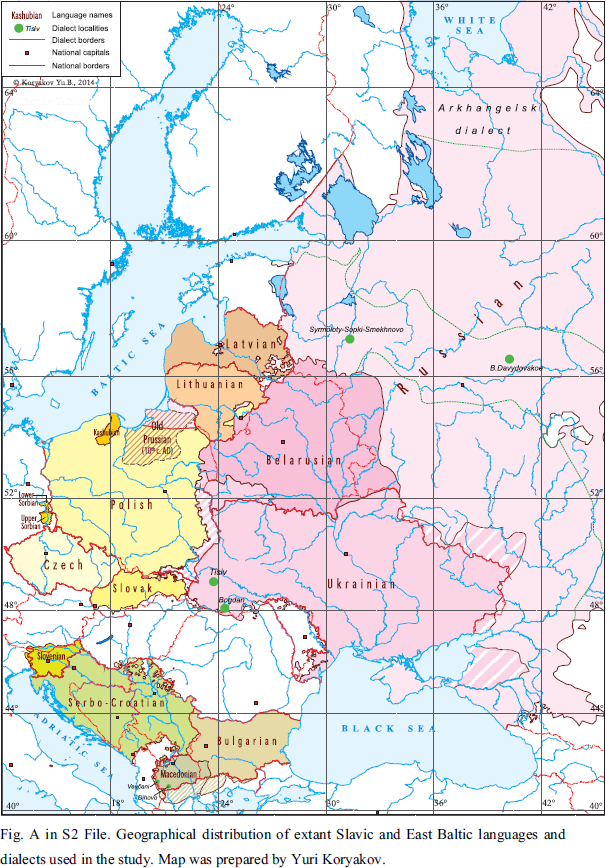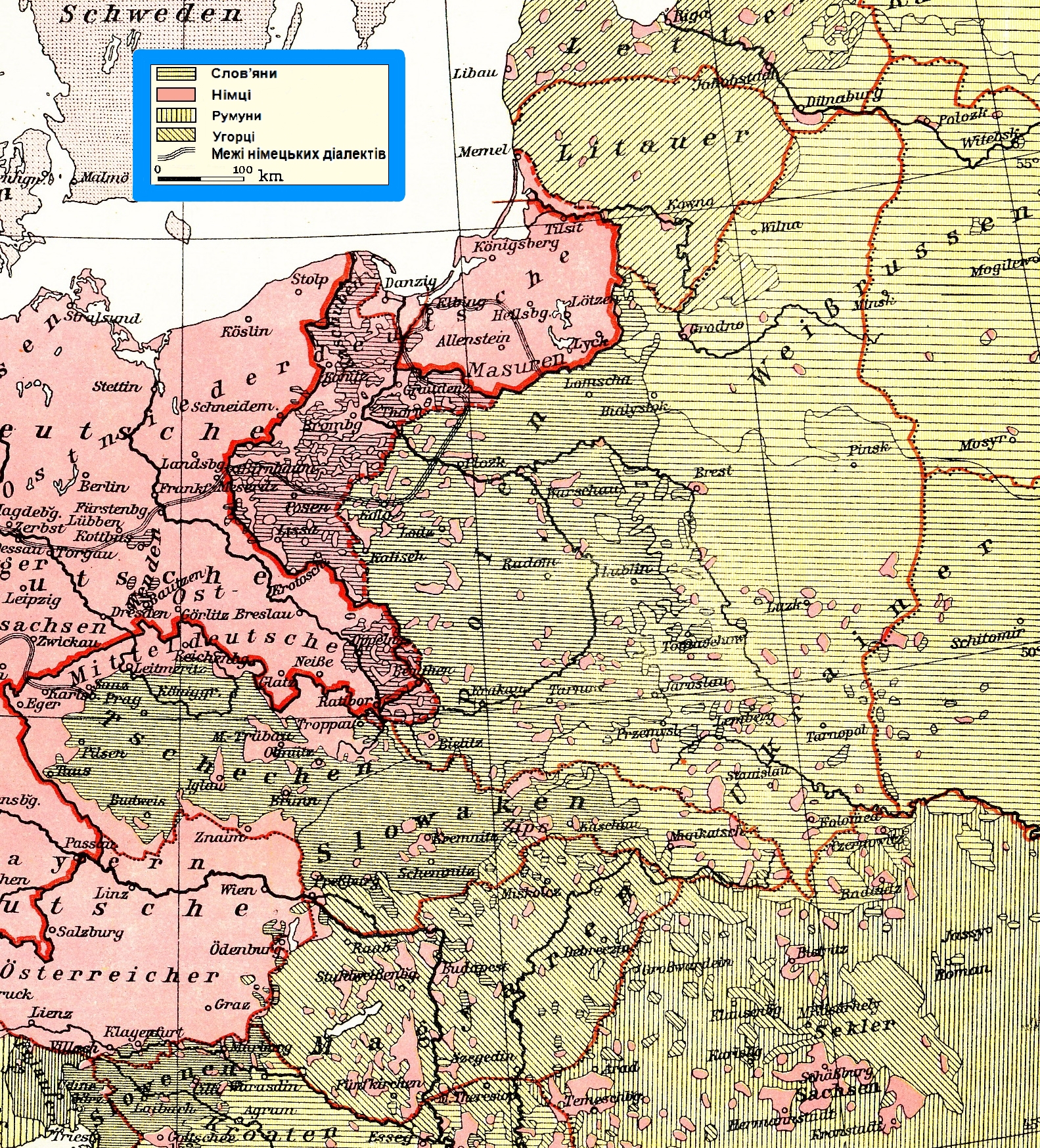|
Ukrainians In Belarus
Ukrainians in Belarus, ''biloruski ukrayintsi'' be, беларускія ўкраінцы, ''bielaruskija ŭkraincy''russian: белорусские украинцы, ''byelorusskiye ukraintsy'' comprise one of the largest ethnic minorities in Belarus, making up 1.7% of the population as of the 2009 census at 158,723 people. The largest concentration of Ukrainians is in Brest Region, where they make up 2.9% of the population. The largest share of Ukrainians in the country was recorded in Kamieniets, Brest, Kobryn, and Zhabinka districts. History Often, ethnic Ukrainians living in the territory of modern-day Belarus are singled out as a separate group. However, due to the cultural proximity and similarity of Belarusians and Ukrainians, difficulties arise in drawing ethnic boundaries between the two. The majority of Ukrainians living in Belarus today are descendants of migrants from Ukraine, occurring due to the fact that Ukraine and Belarus were for centuries part of the ... [...More Info...] [...Related Items...] OR: [Wikipedia] [Google] [Baidu] |
Belarusian Language
Belarusian ( be, беларуская мова, biełaruskaja mova, link=no, ) is an East Slavic language. It is the native language of many Belarusians and one of the two official state languages in Belarus. Additionally, it is spoken in some parts of Russia, Lithuania, Latvia, Poland, and Ukraine by Belarusian minorities in those countries. Before Belarus gained independence in 1991, the language was only known in English as ''Byelorussian'' or ''Belorussian'', the compound term retaining the English-language name for the Russian language in its second part, or alternatively as ''White Russian''. Following independence, it became known as ''Belarusan'' and since 1995 as ''Belarusian'' in English. As one of the East Slavic languages, Belarusian shares many grammatical and lexical features with other members of the group. To some extent, Russian, Rusyn, Ukrainian, and Belarusian retain a degree of mutual intelligibility. Its predecessor stage is known in Western aca ... [...More Info...] [...Related Items...] OR: [Wikipedia] [Google] [Baidu] |
Tutejszy
Local (Polish: ''Tutejszy'', ; be, Тутэйшы, translit=Tutejšy; uk, Тутешній, translit=Tuteshniy; lt, Tuteišiai; lv, Tuteiši; russian: Tуземный, translit=Tuzemnyj) was a self-identification of Eastern European rural populations, who did not have a clear national identity. This was mostly in mixed-lingual Eastern European areas, including Poland, Ukraine, Belarus, Lithuania, and Latvia, in particular, in Polesia and Podlachia. As a self-identification, it persisted in Lithuania’s Vilnius Region into the late 20th century. For example, in 1989, a poll of persons whose passports recorded their ethnicity as Polish revealed that 4% of them regarded themselves as Locals, 10% as Lithuanians, and 84% as Poles. Interwar Poland The term was first used in an official publication in 1922 in the preliminary results of the Polish census of 1921 (''Miesięcznik Statystyczny'', vol. V). An indigenous nationality (; ) was declared by 38,943 persons, with vast majori ... [...More Info...] [...Related Items...] OR: [Wikipedia] [Google] [Baidu] |
Grodno Region
Grodno Region ( pl, Grodzieńszczyzna) or Grodno Oblast or Hrodna Voblasts ( be, Гродзенская вобласць, ''Hrodzienskaja vobłasć'', , ''Haradzienščyna''; russian: Гродненская область, ''Grodnenskaya oblast''; pl, Obwód Grodzieński; lt, Gardino sritis) is one of the regions of Belarus. It is located in the western part of the country. The capital, Grodno, is the biggest city in the region. It lies on the Neman River. It borders Minsk Region to the east, Brest Region to the south, Poland (Podlaskie Voivodeship) to the west and Vitebsk Region and Lithuania ( Alytus and Vilnius counties) to the north. Grodno's existence is attested to from 1127. Two castles dating from the 14th - 18th centuries are located here on the steep right bank of the Nemen. One of the city's surviving masterpieces is the 12th century Orthodox Church of St Boris & St Gleb (Kalozhskaya Church), which is the second oldest in Belarus. History This region was the ... [...More Info...] [...Related Items...] OR: [Wikipedia] [Google] [Baidu] |
Gomel Region
Gomel Region or Gomel Oblast or Homiel Voblasts ( be, Го́мельская во́бласць, Homielskaja vobłasć, russian: Гомельская область, Gomelskaya oblast) is one of the regions of Belarus. Its administrative center is Gomel. The total area of the region is , the population in 2011 stood at 1,435,000 with the number of inhabitants per km2 at 36. Important cities within the region include: Homiel, Mazyr, Zhlobin, Svietlahorsk, Rechytsa, Kalinkavichy, Rahachow and Dobrush. Both the Gomel Region and the Mogilev Region suffered severely from the Chernobyl disaster. The Gomel Province borders the Chernobyl Exclusion Zone in places, and parts of it have been designated as mandatory or voluntary resettlement areas as a result of the radioactive contamination. Administrative territorial entities Gomel Region comprises 21 districts and 2 city municipalities. The districts have 278 selsovets, and 17 cities and towns. Districts of Gomel Region * ... [...More Info...] [...Related Items...] OR: [Wikipedia] [Google] [Baidu] |
Vitebsk Region
Vitebsk Region or Vitebsk Oblast or Viciebsk Voblasts ( be, Ві́цебская во́бласць, ''Viciebskaja voblasć'', ; rus, Ви́тебская о́бласть, Vitebskaya oblast, ˈvʲitʲɪpskəjə ˈobləsʲtʲ) is a region ( oblast) of Belarus with its administrative center being Vitebsk. It is located near the border with Russia. As of a 2019, the region had a population of 1,135,731. It has the lowest population density in Belarus at 30.6 p/km². Important cities within the region include Vitebsk, Orsha, Polotsk, and Novopolotsk. Geography Vitebsk Region covers an area of 40,000 km², which is about 19.4% of the national total. It is bordered on the north by Pskov Oblast of Russia, by Smolensk Oblast of Russia on the east, on the south by Minsk Region and by Mogilev Region, on the southwest by Minsk Region and Grodno Region, and on the west and northwest by Vilnius and Utena counties of Lithuania and Augšdaugava, Krāslava and Ludzamunic ... [...More Info...] [...Related Items...] OR: [Wikipedia] [Google] [Baidu] |
Brestsky Uyezd
Brestsky Uyezd (''Брестский уезд'') was one of the nine subdivisions of the Grodno Governorate of the Russian Empire. It was situated in the southwestern part of the governorate. Its administrative centre was Brest (''Brest-Litovsk''). Demographics At the time of the Russian Empire Census of 1897, Brestsky Uyezd had a population of 218,432. Of these, 64.4% spoke Ukrainian, 20.8% Yiddish, 8.1% Russian, 3.9% Polish, 1.8% Belarusian, 0.2% German, 0.2% Tatar, 0.2% Mordvin The Mordvins (also Unified Mordvin people, Mordvinians, Mordovians; russian: мордва, Mordva, Mordvins (no equivalents in Moksha and Erzya)) is an obsolete but official term used in the Russian Federation to refer both to Erzyas and Moks ... and 0.1% Latvian as their native language. Демоскоп Weekly - Приложение. Справочник ста� ... [...More Info...] [...Related Items...] OR: [Wikipedia] [Google] [Baidu] |
Kobrinsky Uyezd
Kobrinsky Uyezd (''Кобринский уезд'') was one of the nine subdivisions of the Grodno Governorate of the Russian Empire. It was situated in the southeastern part of the governorate. Its administrative centre was Kobryn (''Kobrin''). Demographics At the time of the Russian Empire Census of 1897, Kobrinsky Uyezd had a population of 184,453. Of these, 79.6% spoke Ukrainian, 13.7% Yiddish, 3.1% Russian, 2.2% Polish, 0.8% Belarusian, 0.1% Tatar, 0.1% Mordvin and 0.1% German German(s) may refer to: * Germany (of or related to) **Germania (historical use) * Germans, citizens of Germany, people of German ancestry, or native speakers of the German language ** For citizens of Germany, see also German nationality law **Ger ... as their native language. Демоскоп Weekly - Приложение. Справочник статистическ� ... [...More Info...] [...Related Items...] OR: [Wikipedia] [Google] [Baidu] |
Grodno Governorate
The Grodno Governorate, (russian: Гро́дненская губе́рнiя, translit=Grodnenskaya guberniya, pl, Gubernia grodzieńska, be, Гродзенская губерня, translit=Hrodzenskaya gubernya, lt, Gardino gubernija, uk, Гродненська губернія) was a governorate () of the Russian Empire. It was part of the Vilna Governorate-General and Northwestern Krai. Overview Grodno, a western province or governorate of the former Russian Empire, currently located in Belarus, was situated between about 52° to 54° N latitude and 21° to 24° E longitude, and bounded N by Vilna E by Minsk S by Volhynia and W by the former kingdom of Poland. Its land size was . The province was a wide plain in parts, very swampy and covered with large pine tree forests. Of these, that of Białowieża in the district of comprising a circuit of over deserves notice. There, bisons were preserved. The navigable rivers are Niemen, Bug, Narev, and Bobra, the most impor ... [...More Info...] [...Related Items...] OR: [Wikipedia] [Google] [Baidu] |
Ukrainians In Bresckaja Voblasć, Belarus (2009 Census)
Ukrainians ( uk, Українці, Ukraintsi, ) are an East Slavic ethnic group native to Ukraine. They are the seventh-largest nation in Europe. The native language of the Ukrainians is Ukrainian. The majority of Ukrainians are Eastern Orthodox Christians. While under the Polish–Lithuanian Commonwealth, the Austrian Empire, and then Austria-Hungary, the East Slavic population who lived in the territories of modern-day Ukraine were historically known as Ruthenians, referring to the territory of Ruthenia, and to distinguish them with the Ukrainians living under the Russian Empire, who were known as Little Russians, named after the territory of Little Russia. Cossack heritage is especially emphasized, for example in the Ukrainian national anthem. Ethnonym The ethnonym ''Ukrainians'' came into wide use only in the 20th century after the territory of Ukraine obtained distinctive statehood in 1917. From the 14th to the 16th centuries the western portions of the European pa ... [...More Info...] [...Related Items...] OR: [Wikipedia] [Google] [Baidu] |
Beresteishchyna
Beresteishchyna ( uk, Берестейщина; be, Берасцейшчына, translit=Bierasciejščyna) is a Ukrainian cultural and ethnic region in Western Polesie, in what is primarily the modern Brest Region of Belarus. Located along the western Bug, Beresteishchyna is one of three ethnically-Ukrainian territories in Belarus, alongside and . Name Other names for Beresteishchyna include Brest Land, Brest Volost, Berestiyshchyna, Brestshchyna, Brest Krai, and Polissia. History Grand Duchy of Lithuania and Polish–Lithuanian Commonwealth During the time of the Union of Lublin, representatives from Beresteishchyna and Volhynia spoke in favour of unification with the Crown of the Kingdom of Poland, alongside other Ukrainian lands. Later, the Ukrainians of Beresteishchyna became involved in Cossack uprisings. During the Khmelnytsky Uprising, there was a pro-Khmelnytsky uprising in Brest, which lasted for over three months, from September 1648 to January 1649, befor ... [...More Info...] [...Related Items...] OR: [Wikipedia] [Google] [Baidu] |
Alexander Lukashenko
Alexander Grigoryevich Lukashenko (as transliterated from Russian language, Russian; also transliterated from Belarusian language, Belarusian as Alyaksand(a)r Ryhoravich Lukashenka;, ; rus, Александр Григорьевич Лукашенко, Aleksandr Grigoryevich Lukashenko, ɐlʲɪkˈsandr ɡrʲɪˈɡorʲjɪvʲɪtɕ lʊkɐˈʂɛnkə. In English language, English, both transliterations are used, and his first name is often anglicized to ''Alexander''. born 30 August 1954) is a Belarusian politician who has been the first and only president of Belarus since the establishment of the office on 20 July 1994, making him the List of current state leaders by date of assumption of office, longest-sitting European president. Before his political career, Lukashenko worked as director of a state farm (''sovkhoz''), and served in the Soviet Border Troops and in the Soviet Army. Lukashenko continued state ownership of key industries in Belarus after the dissolution of the Sov ... [...More Info...] [...Related Items...] OR: [Wikipedia] [Google] [Baidu] |
President Of Belarus
The president of the Republic of Belarus ( be, Прэзідэнт Рэспублікі Беларусь; russian: Президент Республики Беларусь) is the head of state and head of government of Belarus. The office was created in 1994 with the passing of the Constitution of Belarus by the Supreme Soviet. This replaced the office of Chairman of the Supreme Soviet as the head of state. The tasks of the president include executing foreign and domestic policy, defending the rights and general welfare of citizens and residents, and upholding the Constitution. The president is mandated by the Constitution to serve as a leader in the social affairs of the country and to act as its main representative abroad. The duties, responsibilities and other transitional clauses dealing with the presidency are listed in Chapter Three, Articles 79 through 89, of the Constitution. The term for the president is five years, but due to a 1996 referendum, the election that was ... [...More Info...] [...Related Items...] OR: [Wikipedia] [Google] [Baidu] |




